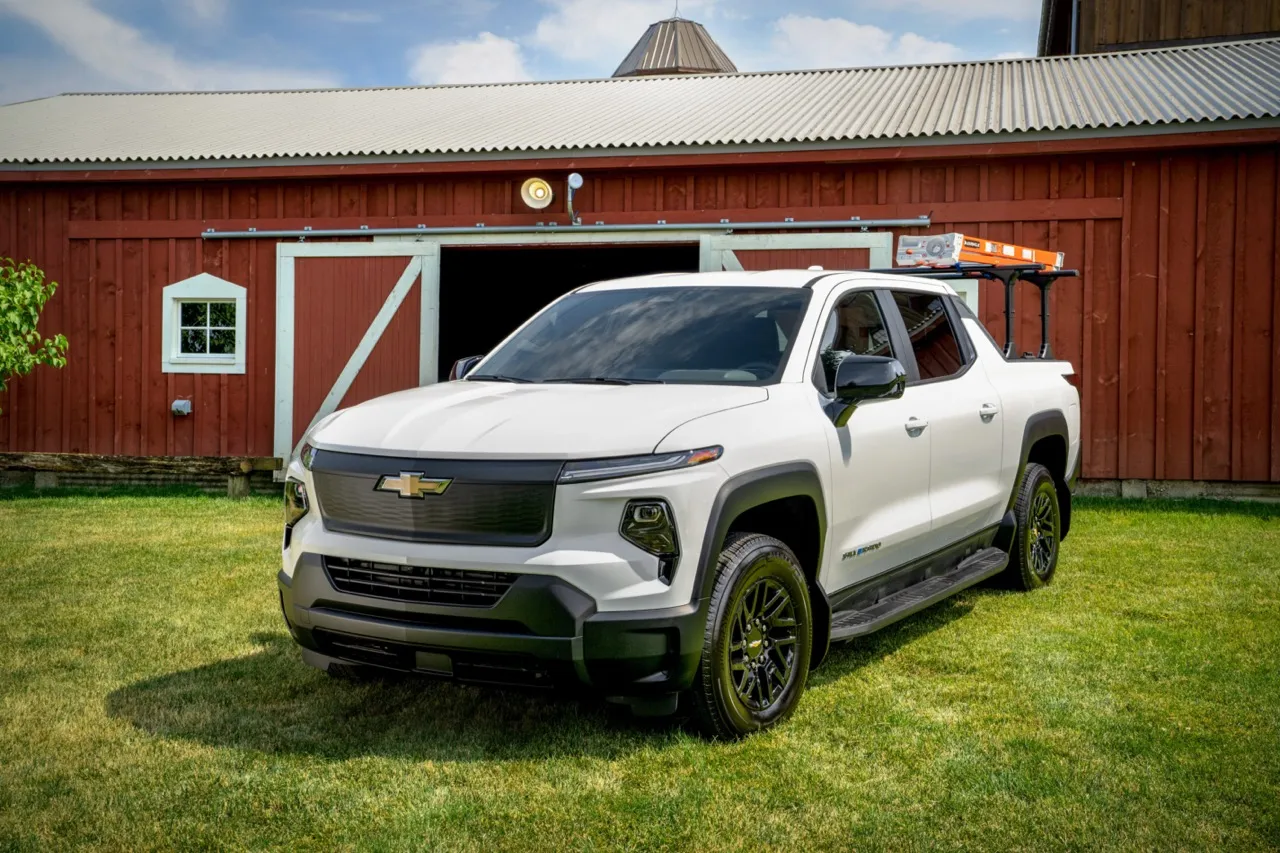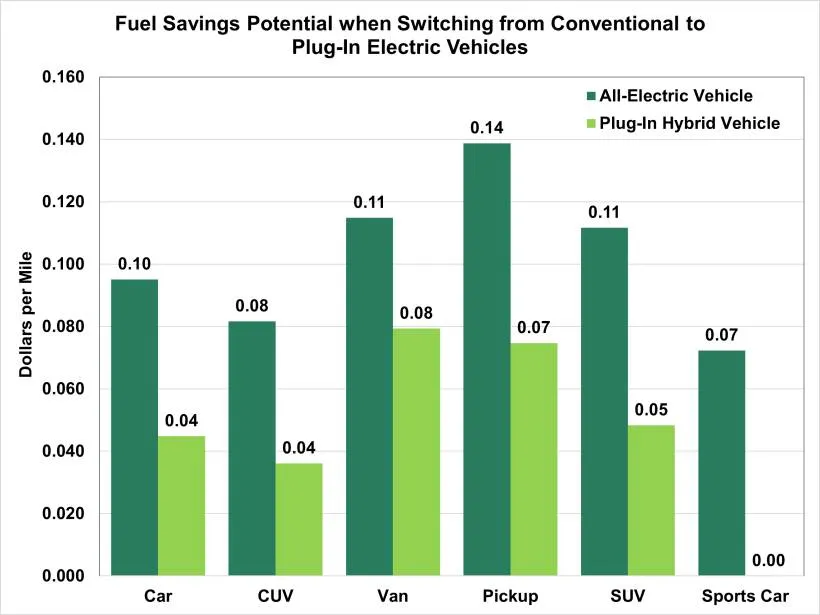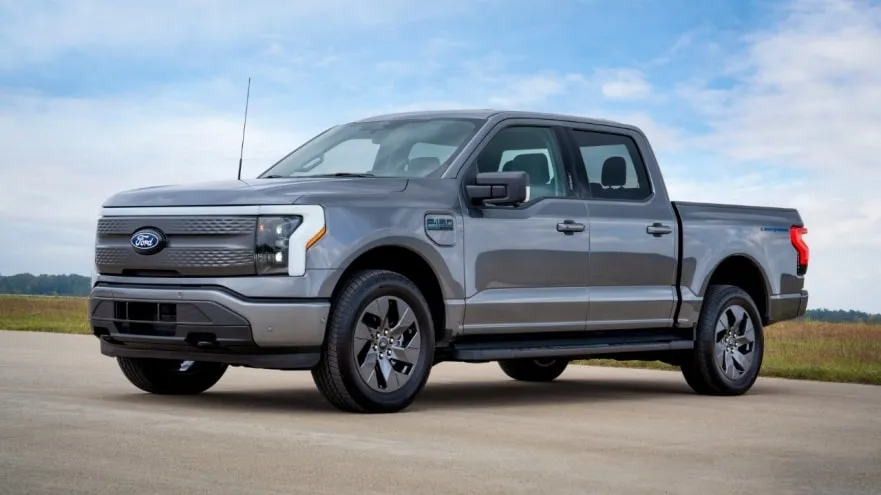

DOE: Pickups could save the most on fuel as EVs vs. gasoline
Pickup truck drivers stand to save the most by going electric, according to the U.S. Department of Energy (DOE).
Pickups tend to be bigger than other vehicle types, meaning they use more energy and thus offer greater potential for savings when the cost of that energy is reduced, the DOE recently noted. And reducing consumption of gasoline or diesel is a virtual guarantee of reducing those energy costs.
That’s illustrated by data from Argonne National Laboratory, which estimated cost savings for replacing a gasoline vehicle with a similar-sized EV or plug-in hybrid on a ZIP code level. Across ZIP codes, pickup trucks had the greater potential for savings, followed by vans and SUVs.

Fuel-savings potential when switching to EVs or plug-in hybrids (via DOE)
And the greater the level of electrification, the greater the savings, according to the DOE, noting that an all-electric vehicle of the same size is estimated to achieve greater cost savings than a plug-in hybrid.
Consumer Reports has also crunched the numbers and underscored higher potential savings for electric trucks and SUVs. In many cases, electrification likely won’t require huge concessions either. A 2022 study found that more than half of pickups could be replaced with electric (on a use cycle basis)—again, with massive cost savings.

2024 Ford F-150 Lightning Flash
Such findings do come with some caveats, though. As a comprehensive DOE study in 2020 underscored—still true today—EV costs vary widely depending on where you charge the vehicle and how you charge it (i.e., using a public charger or home charger).
The purchase prices of new electric trucks are also relatively high. As of yet, low-priced fleet versions of electric trucks—versions of the Ford F-150 Lightning and Chevrolet Silverado EV, for instance—have been few and far between.
Add a comment Cancel reply
Comments (0)
Related posts


Versus cars, SUVs emit about 20% more CO2—EV or not











